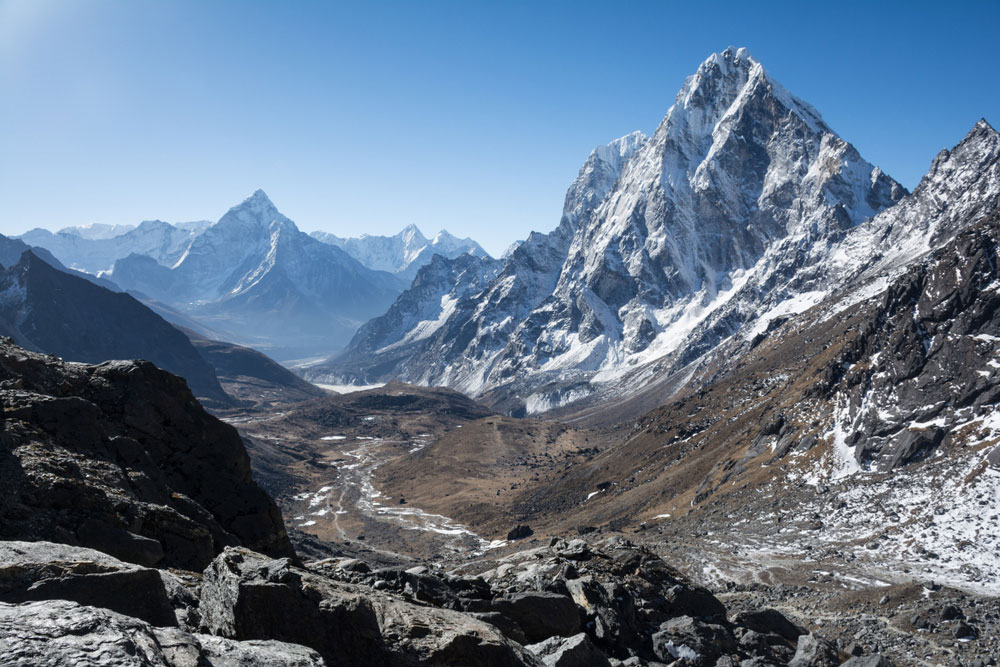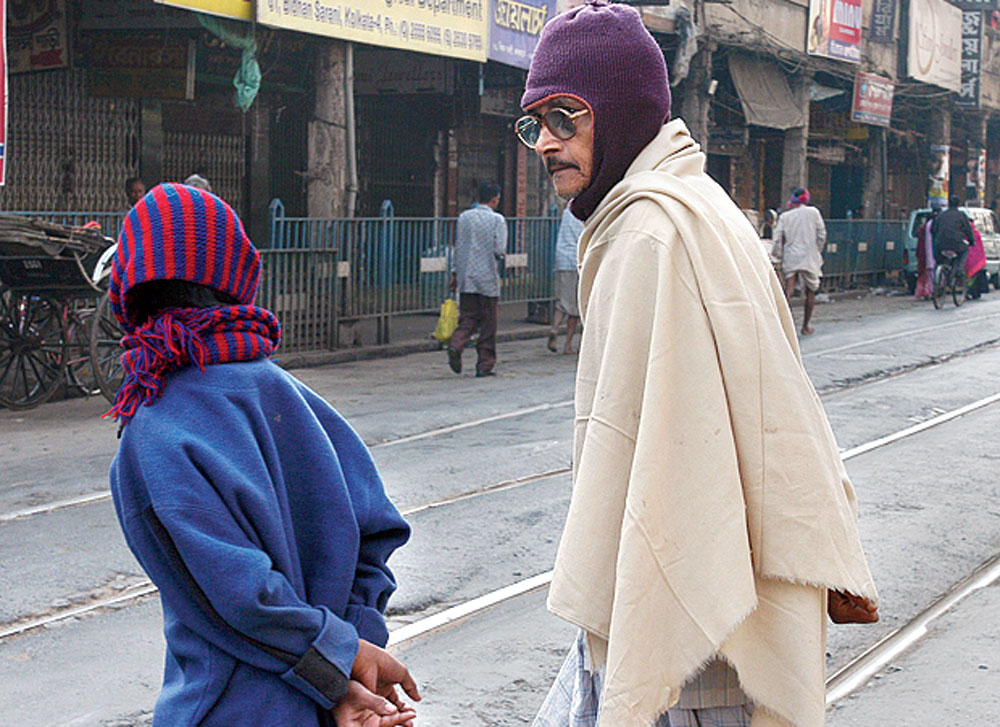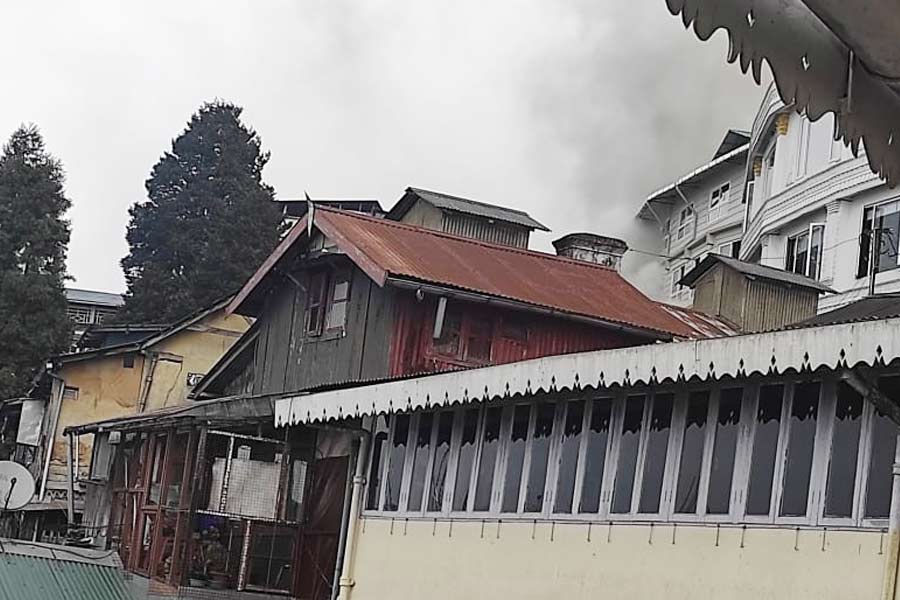Grey spots
Sir — We were surprised to learn that a statue of Mahatma Gandhi had been removed from a university in Ghana after students and faculty argued that Gandhi’s views of Africans were derogatory. We must now thank Ramachandra Guha for dwelling at length on this allegation in his informative article, “Was Gandhi a racist?” (Dec 22).
Guha conceded that Gandhi was a racist when he was in his twenties. But he shows that with the passage of time, Gandhi evolved as a champion of anti-racism. His personal experience of the ill treatment meted out to non-whites turned him into a life-long crusader against all forms of discrimination. It is unfortunate that Gandhi’s transformation has been forgotten by those in Ghana who decided to remove his statue.
Anjan Majumdar,
Calcutta
Sir — The Telegraph should be thanked for publishing Ramachandra Guha’s excellent piece. Great men are venerated in India, ignoring the fact that they may have erred on occasions. Criticizing stalwarts is considered to be a sacrilege. M.K. Gandhi, Guha shows, may have harboured racist views but he went on to reject them. It is pertinent to mention that Rabindranath Tagore apparently had considered Benito Mussolini, the Italian dictator, to be the ‘most slandered man in the world’. But that did not make Tagore sympathetic to fascism. Mature discussions on the ‘faults’ of India’s great souls would do justice to their greatness.
Shovanlal Chakraborty,
Calcutta
Sir — Winter, the joke goes, is a state of mind in Calcutta. At a time when temperatures plummet in the northern part of Bengal or, for that matter, in Kashmir and some parts of central India, Bengalis in the state capital wrap themselves up in layers — sweaters, scarves, mufflers and that quintessentially bangali apparel, the monkey tupi, are all brought out of the almirah — in order to battle temperatures that seldom go down below 12 degree Celsius. Vigorous rubbing of hands, endless cups of tea and winter delicacies — phulkopir singara — are also a part of the strategy to survive the ‘freezing’ temperatures.
K.C. Dutt,
Darjeeling
On the margin
Sir — Jean Drèze must be lauded for “Invisible people” (Dec 24). By ‘invisible people’, he meant particularly vulnerable tribal groups whose living conditions have been brought to light by a survey conducted in some blocks of Latehar and Palamu districts of Jharkhand. Bereft of their forest-based resources, PVTGs have been forced to work as casual labourers. Drèze writes that they have also been denied basic provisions like education and health. Government officials rarely visit their habitations. Worse, welfare measures that are crucial to their survival — such as food rations from the public distribution systems — are often afflicted by corruption. Drèze writes that pensions are irregular on account of problems related to the Aadhaar initiative.
It is doubtful whether the distress of the PVTGs would reach the ears of the public representatives who promise development for the poorest of the poor during election campaigns.
Jahar Saha,
Calcutta
Hear the rumble
Sir — In “Blunt the edge” (Dec 23), Gopalkrishna Gandhi rightly points to the need to prepare for mitigating the damages caused by earthquakes in high-risk zones. The magnitude of such an earthquake would be enough to send shivers down the spine. The writer’s appeal should be taken seriously by the authorities concerned.
The biggest problem in this respect is the mentality of the leadership, which believes in weighing everything on the scale of electoral benefit. Investing in disaster management initiatives would curtail the government’s ability to spend on such populist measures as loan waivers and subsidies. This, ruling parties believe, would adversely impact their electoral prospects. The budgetary provisions for preventing or managing disasters are also low. Moreover, decongesting areas with high population densities would require an iron resolve. The price of land in these areas is high. Consequently, the administration would have a tough time in getting the places vacated. Successive governments have not tackled encroachment fearing a backlash.
Subodh Jha,
Patna
Sir — Gopalkrishna Gandhi has turned our attention to an impending disaster: that of a devastating earthquake in the central Himalaya. This is not an astrological prediction; it is based on observations by seismologists of the area’s seismic behaviour. According to them, an earthquake of such a magnitude would be strong enough to cause extensive devastation.
There is no way of predicting an earthquake; it cannot be stopped either. Everybody, from gram panchayats to Parliament, must be made aware of the imminent danger. A separate ministry invested with specific resources and armed with the advice of international experts must be constituted to undertake preparations.
This should be accorded the highest priority by governments at the Centre and in the states. All other projects can wait.
Asit Kumar Mitra,
Calcutta

Rumbling giant: The Himalayas (Shutterstock)











